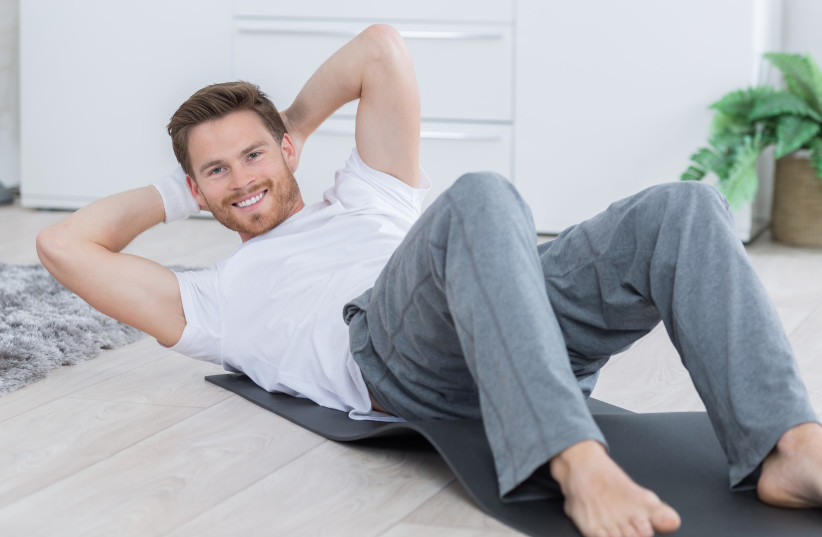Are you getting dizzy when you stand up from a sitting position? This is fairly common and is caused by a drop in blood pressure due to a rapid change in posture. When it happens for this reason, and not for other medical reasons or background conditions, it’s called IOH, which is an acronym for initial orthostatic hypotension.
No medications, no supplements
A new study shows that two simple muscle exercises performed before or immediately after standing can prevent the onset of dizziness, with no cost and without taking medications or supplements. The key to preventing the dizzy feeling lies in activating the lower body muscles before or immediately after standing.
A previous experiment had already examined if such exercises would help, but it only reviewed the effect of physical performance after standing. In a new experiment, researchers examined how muscle exercises affected dizziness both before and after standing as a preventative measure.
"These are simple, effective and free actions that people can take to prevent IOH dizziness," researchers wrote in an article in the journal Heart Rhythm. The experiment involved 22 young women with a history of IOH and tested two exercises: Lifting the knees in a sitting position for 30 seconds before standing, and stretching legs for 20 seconds after standing.
Researchers monitored the pulse and blood pressure of participants during the experiment, and performed pauses between tests. In addition, participants were also asked to report for themselves whether they experienced symptoms of IOH (dizziness or weakness).

Compared to getting up without performing any prior action, both exercises showed that they can significantly change the temporary and sharp drop in blood pressure and relieve the symptoms of IOH. "Because these are simple body movements, both exercises are something that people can perform anytime, anywhere, to prevent symptoms from appearing," said researcher Nessia Shake of the University of Calgary in Canada.
How does it work?
The explanation is that IOH is caused as a result of blood vessel dilation that occurs when standing up. What the exercises tested in the experiment actually do is prevent this reaction, and according to researchers one can do both exercises.
It’s estimated that about 40% of the U.S. population suffers from IOH, and until now there hasn't been a safe, simple treatment. In fact, the only advice given to people with IOH was to try to transition from sitting to standing slowly and gradually.
Although the experiment included a small sample group of only women, these actions could change the situation for many. A mild dizziness that passes on its own after a few seconds may not sound like the most dangerous or problematic medical condition in the world, but it has a daily impact on the quality of life of those who suffer from it. In severe cases, it can be more than mild dizziness and even lead to fainting and loss of consciousness.
"There is hardly anyone who doesn’t experience the feeling of dizziness after standing up. There are people for whom it’s a frequent experience that can happen several times a day. It’s frightening and adversely affects quality of life," said Dr. Satish Raj, a cardiologist at Calgary University.
